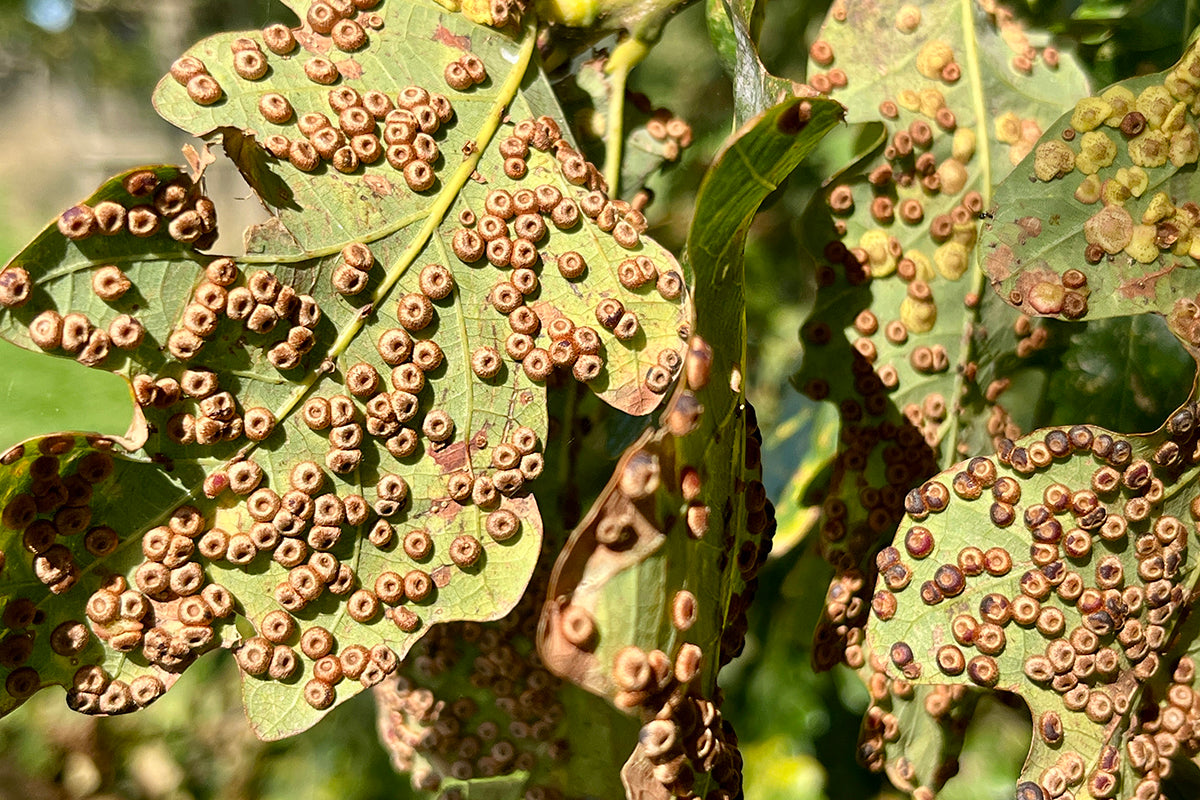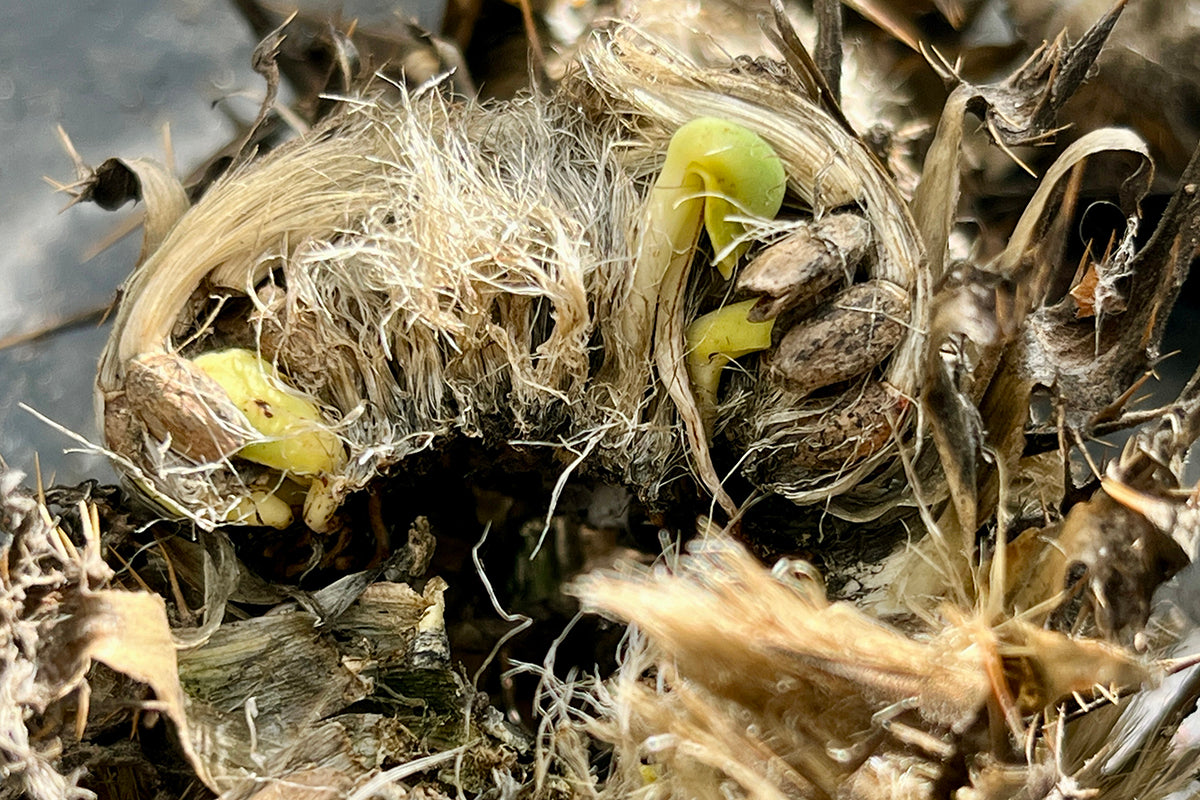Entering through the gates at Plumley House the first things you see are huge granite boulders of monumental proportions deposited there at the end of the last ice age. Time is relative of course. Several millenia later, the house, the next thing to catch your eye, is a Devon Longhouse built in the 1500’s with later additions in the 19th century. In the post-war years the property and surrounding meadows were made over to pig breeding. The driveway passes open lawns planted with a number of specimen trees and a small stream makes its way gently towards the bottom of the valley. A gap in a yew hedge to the side of the house gives a tantalizing glimpse of what is to come; step through and the world opens up before you! Lakes, beautifully planted borders, ponds, a rill, trees, and meadows. Rub your eyes. It’s not a dream.
Elizabeth invited garden designers Naila Green from Dawlish to produce plans for the garden and five years ago they were turned into reality. Built into the side of a valley the garden is tiered on four levels culminating in a number of lakes dug by the previous owners. Part of the renovation and redesign involved spreading decades of accumulated silt from the lakes onto the borders.
Adjacent to the house are paved seating areas. Gravel paths pass through a box parterre planted with irises and up generous granite steps to a bench flanked on either side by mature fastigiate oaks. A wall behind is planted with roses, vines, Tracheleospermum, and Wisteria. Central to the layout is a 50 metre rill and pool crossed in places by paviours and in one spot by an ancient millstone. The rill bisects a circular lawn terminating in the large oval pool where stepping stones invite visitors to walk across the centre inches from the surface of the water. Large borders on either side are planted with a wide range of perennials including sedums, campanulas, penstemons, veronicastrums, nepeta, and lupins. In late summer and autumn, Anemone x hybrida, salvias, dahlias, agapanthus, verbenas, and echinaceae take centre stage. Elizabeth plans on introducing more grasses to the borders to extend the interest right through autumn and into winter.
Down steps and the stream cuts across to the right and into the smaller of the two lakes. There are more planted borders here, one the home for a life-sized statue of Diana ‘The Hunter’ peering out from between mature specimen tree ferns (Dicksonia antarctica), perhaps an apt choice as deer and rabbits can sometimes hamper progress with new planting. The larger lake, home to inquisitive carp and koi, is planted with a number of white water lilies (Nymphaea alba). Nearby a large area of grass has been left to grow and naturalise. Formerly home to a horse riding manège the poor soil is ideal for encouraging wildflowers and restricting growth of rank competing grasses.
A walk up an incline takes you to the small productive vegetable garden. An attractive half-brick Alitex greenhouse with its adjoining cold frames sits behind a number of large raised beds. Ground level planting is used for cut flower production with sweet peas, sunflowers, sweet williams, and Iris, while a timber-framed fruit cage is reserved for raspberries and currants.
Over a wall and back towards the house is the swimming pool. Amoebic in shape and with subtle hues to its surfaces it makes a refreshing change from the jarring aquamarine more commonly seen in pools. Large granite boulders appear to erupt out of the surrounding paving each with its own planted pond while large pithoi are dotted around and a hexagonal pool house has splendid potted specimens of Aeonium ‘Zwartkop’ placed outside the doors. The pool is heated with an air source heat pump and a bank of solar panels hidden behind nearby hedging.
Out of the pool and around to the northern side of the house, paths and steps lead up to a series of perfectly located seating areas. A tunnel of wisteria leads through plantings of ferns, Acanthus, and shrubs, all punctuated by free seeding wild foxgloves and some eye-catching foxtail lilies (Eremurus)
The garden at Plumley House is truly unique; the ideal place to get lost amongst the beautifully planted borders and gentle spring fed streams and lakes. Perfectly located on the edge of a valley there are superb views over most of the garden and surrounding meadows and, with its ancient outbuildings and charming vegetable gardens, we suspect Elizabeth will be staying firmly put for many years to come.


















